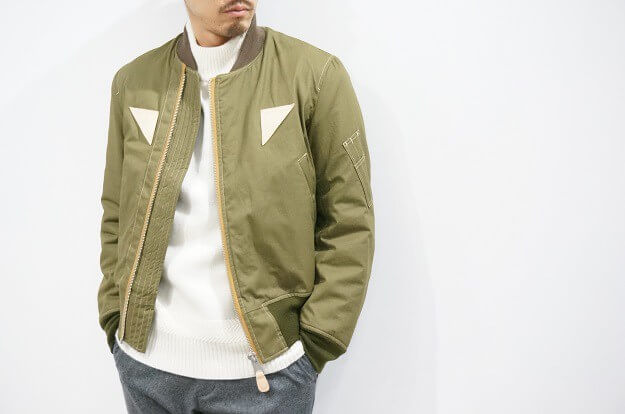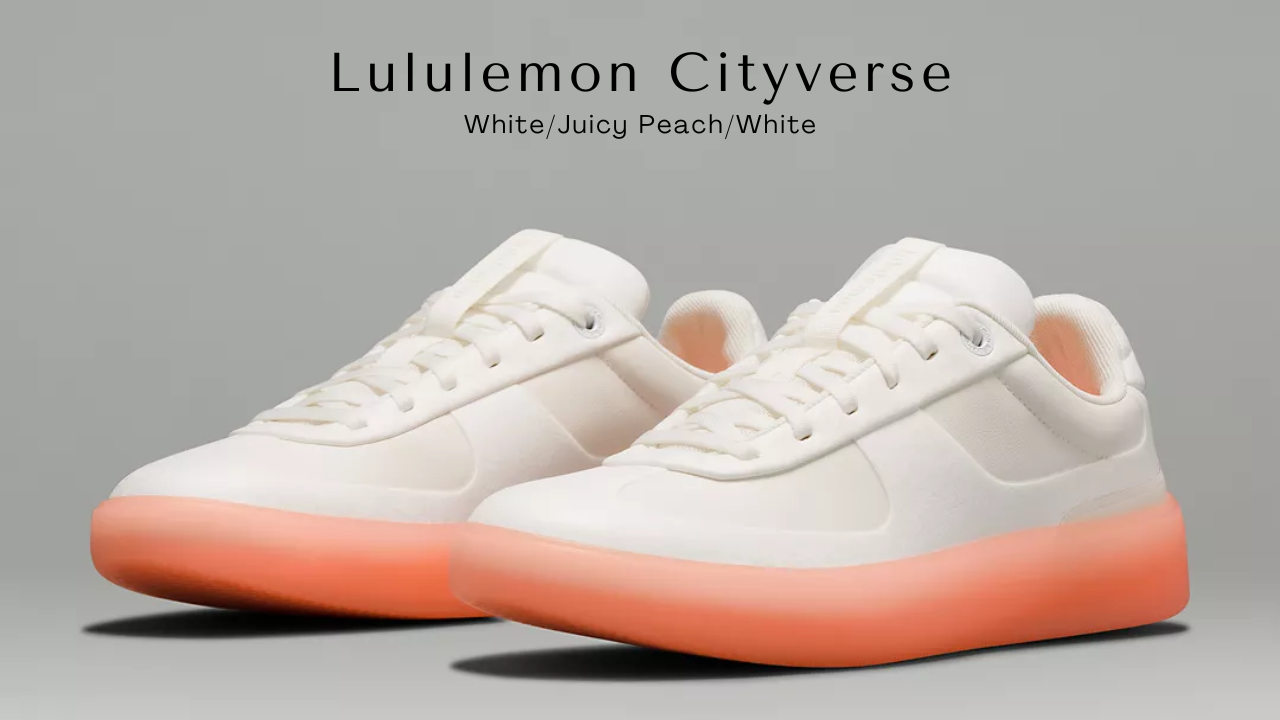![]()
Amazon is now selling its very own private-label clothing brands. You know, they’re making it really easy for irritated publishing folks to write dystopias where The Everything Store constitutes the entire economy.
Source: Amazon Is Making Its Own Clothing Now Jezebel.com
I don’t care how much data an analyst looks at, until you’ve suffered through this current market shift that has occurred in apparel and retail, you don’t have a real understanding of the depth of what is happening right now.
It’s easy to look at numbers and make predictions because you have access to all of the sales data, but a true insider’s position is often overlooked because “just the numbers” don’t tell the full story.
Consider adidas’ current explosive growth. The discussion remains on the fact that adidas has a history to pull from to support the “trend” of retro. Here is the issue, there aren’t really any trends. A trend is created to classify the data explaining what is being sold at a particular time.
Trends are marketing tricks basically. Kids or crews on the street decide to wear skinny jeans. The fashion industry watches these kids and during the next Fashion Week or next collection they incorporate the style that the kids are wearing. BOOM that becomes a trend.
Or a fashion company places a lot of time into creating a narrative and promoting that narrative and kids decide to pick up on it and run with it turning it into their own, BOOM a trend is born.
What isn’t happening is true prediction. If there were real predictions of the market then someone would be telling us right now what’s next, but that isn’t happening, because no one knows what’s next. This is why adidas’ success is fragile. It’s why Nike has a better chance of usurping adidas because they own a larger share of the market and they have a better system in place to capitalize on the most important thing in fashion right now, speed.
It’s why the biggest disruption to the fashion industry is already taking place, but no one on sneaker sites or analysts are talking out loud about it. What is it? Jezebel.com writer Kelly Faircloth nailed it. The biggest potential disruption to adidas won’t be Nike’s new tech, or Under Armour finally getting their marketing act together, or Puma and Rihanna dropping more Fenty clothing, it will be Amazon continuing to make private label clothing.
This morning I was doing some research and ran across something really interesting. L2 reported that Amazon Web Services had a glitch last week. The servers caused a slow down in of all websites Target, L2 and Nike to name a few of the companies whose websites had slow load times. Target is hosting their sites on Amazon? Nike is hosting their sites on Amazon?
I immediately jotted down a few notes and put two and two together. Honestly I already knew a few things having experienced recently having the rug pulled out from under my own e-commerce which I built on Amazon. (ask me about this, it’s important)
Amazon has been mining data in sportswear and apparel for the last 10 years. They’ve been experimenting with apparel and footwear via Zappos and MyHabit. This quote from Wired is telling, “Amazon’s apparel and accessories category climbed 91 percent over the last year to 20 million items by the 2015 holiday season, creating an even bigger pool of items than Amazon’s electronics inventory.” That was two years ago. The pool of items is extraordinary now.
Amazon’s slow foray into fashion is the biggest potential disruption to sportswear and is already taking out many of its competitors. The reason The Sports Authority and other brick and mortar retail locations are disappearing is because of Amazon. Amazon controls over half of all e-commerce transactions online. When you consider that brands are pulling their product and brand gating particular items on third party platforms and attempting to control the sale of their merchandise it creates an opening.
Consider this information via Wired, “Amazon itself has alluded to the advantages of this data. “When we see gaps, when certain brands have decided for their own reasons not to sell with us, our customer still wants a product like that,” Jeff Yurcisin, vice president of Amazon Fashion, said in October during a fashion industry conference. If others won’t sell with Amazon, Amazon can just go around them and start making those clothes itself.”

Here are a few very serious factors you need to understand:
- Amazon has eliminated the need for their customers to click anything to make an order. Echo is literally a no click ordering system. This makes it easier to order anything from Amazon. No sportswear company has a quicker access to customer information and ordering than Amazon.
- Amazon recently launched their video service in an attempt to compete with YouTube. YouTube is the biggest media company in the world. If Amazon can grab even a share of that market they will have access to the next wave of marketing, video, in house. Their Amazon Ads system is already one of the most efficient ad programs in the world. I actually sold out of ARCH Footwear and I’m an unknown using Amazon Ads.
- The data that Amazon has is unparalleled. I’m a small footwear store and I sold over 2 million dollars of footwear via Amazon. They know exactly what I sold. When I sell out of anything an e-mail is sent to all third party marketplace stores telling every seller what is hot. Think about that. If a particular trend is on point, Amazon has the data to fill the need quickly and they have the ease of ordering.
While sneakerheads, analysts and companies worry about whether Nike Basketball will return, or adidas and Puma will continue to grow, Amazon is quietly marching forward with private labels and retail as we know it is crumbling.
“Amazon has at least 7 of its own trademarked brands that are already selling through the e-commerce site, including: Franklin & Freeman, Franklin Tailored, James & Erin, Lark & Ro, North Eleven, Scout + Ro, and Society New York.
The note, first reported by fashion site WWD, said these brands have a total of 1,800 products listed, ranging from men’s shoes to women’s scarves and children’s clothing. The price seems moderate (a men’s suit costs less than $300) and the styles are pretty casual, reminiscent of the looks of UNIQLO or H&M.”
How will the Sportswear companies adjust to the Amazon machine? This is the biggest question of 2017.
Sources:
http://www.businessinsider.com/amazon-owns-7-private-label-fashion-brands-2016-2
https://www.wired.com/2016/02/amazon-fashion-private-label-brands/
http://jezebel.com/amazon-is-making-its-own-clothing-now-1763272860





